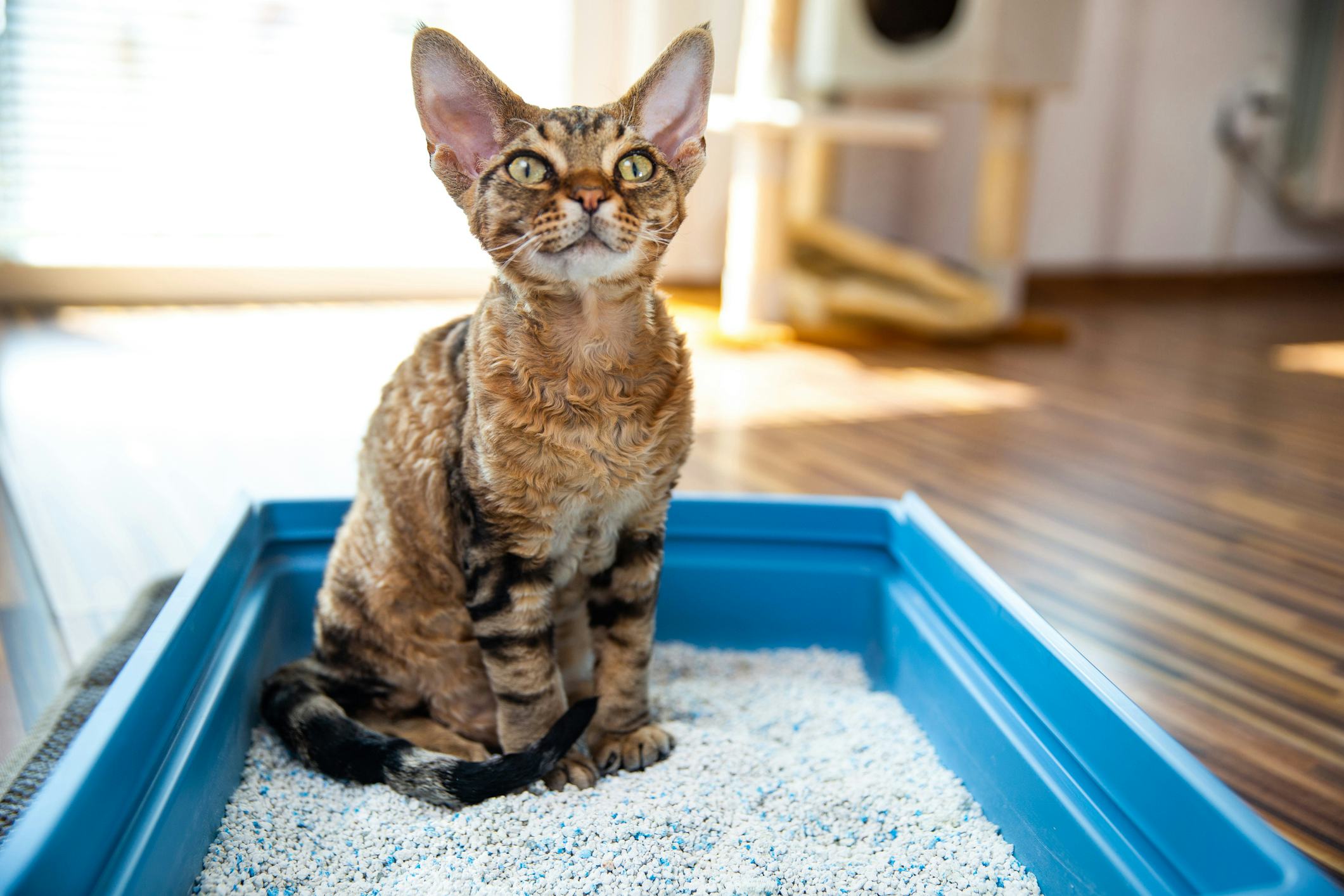Discovering Why Animal Waste Ought to Not Be Flushed Down the Toilet
Discovering Why Animal Waste Ought to Not Be Flushed Down the Toilet
Blog Article
Just about every person is bound to have their own individual assumption about Why you should never flush dog poop down the toilet.

When it comes to disposing of waste, particularly animal waste, lots of people often resort to the convenient alternative of flushing it down the commode. Nonetheless, this apparently simple service can have major repercussions for the environment and public health. In this short article, we'll check out why flushing pet waste down the toilet is a bad idea and offer different approaches for appropriate disposal.
Introduction
Appropriate waste disposal is crucial for preserving ecological sustainability and public health. While it may seem harmless to purge animal waste down the bathroom, it can bring about various problems, both for the atmosphere and human wellness.
Dangers of flushing animal waste
Environmental impact
Purging pet waste introduces unsafe bacteria and virus right into waterways, which can negatively influence water communities. These pathogens can infect water sources and harm aquatic life, interrupting fragile ecological communities.
Public health problems
Animal waste contains harmful germs such as E. coli and Salmonella, which can pose major health and wellness risks to human beings. Purging pet waste down the commode can infect water supplies, leading to the spread of illness and infections.
Alternatives to flushing
Instead of flushing animal waste down the bathroom, there are a number of alternative disposal techniques that are extra eco-friendly and hygienic.
Composting
Composting animal waste is an environmentally friendly means to throw away it. By composting, raw material is broken down right into nutrient-rich soil, which can be used to feed gardens and plants.
Landfill disposal
Dealing with pet waste in a land fill is one more choice. While not as eco-friendly as composting, it is a more secure alternative to flushing, as it prevents the contamination of water sources.
Pet waste disposal systems
There are specific pet waste disposal systems offered that securely and hygienically take care of pet waste. These systems typically make use of enzymes to break down waste and eliminate smells.
Actions to correct animal waste disposal
To make certain correct disposal of animal waste, follow these actions:
Scooping and getting waste
On a regular basis scoop and bag pet waste using naturally degradable bags. This stops waste from contaminating the environment.
Making use of assigned waste bins
Dispose of bagged pet waste in designated waste containers, such as garden compost containers or garbage dump bins. Stay clear of flushing it down the bathroom at all expenses.
Cleaning litter boxes and family pet areas on a regular basis
On a regular basis clean can and pet dog locations to stop the build-up of waste and bacteria. Usage pet-safe cleaning products to maintain health.
Benefits of proper disposal approaches
Adopting proper disposal techniques for pet waste uses several advantages:
Minimized environmental pollution
Correct disposal methods minimize the danger of environmental pollution, shielding waterways and environments from contamination
Decreased risk of water contamination.
By staying clear of flushing animal waste down the commode, the risk of water contamination is significantly reduced, guarding public health.
Improved cleanliness and health
Proper disposal methods promote much better hygiene and health, developing a much safer atmosphere for both people and animals.
Final thought
In conclusion, purging pet waste down the commode is harmful to the setting and public health. By adopting alternate disposal approaches and complying with appropriate waste management practices, we can decrease the adverse influence of pet waste and add to a cleaner, healthier earth.
What To Do With Dog Poo – The Do's And Don'ts Of Disposing Of Faeces
Dog poo bins
Some councils provide dedicated dog waste bins in popular dog-walking areas that can take dog poo that has been bagged but you can legally dispose of dog waste in any public litter bin, as long as it is securely bagged. This also applies to your wheelie bin at home.
Do not flush
Water companies do not recommend flushing dog faeces down the toilet because certain parasites can survive the water processing treatment and are potentially harmful to humans. You should also never consider flushing dog poo that has been bagged down the toilet as the bags will not break down and instead create severe blockages in the sewage system.
In the woods
The Forestry Commission promotes a ‘stick and flick’ method for dealing with waste in the woods. This means finding a stick and using it to flick any poo from off the path so that it is out of the way of other walkers. You could also bury it as long as it is not in an area where there might be livestock.
Livestock
Parasites found in dog poo can be transmitted to livestock if they inadvertently eat infected faeces that has been left on grazing land. This could result in the death of sheep or abortion in cattle so you should always make sure you pick up your dog’s waste in fields where livestock could be present.

As a passionate person who reads on Why you should never flush dog poop down the toilet, I imagined sharing that piece of content was a good idea. If you please set aside a second to distribute this blog if you liked it. Many thanks for your time spent reading it.
Browse Our Site Report this page